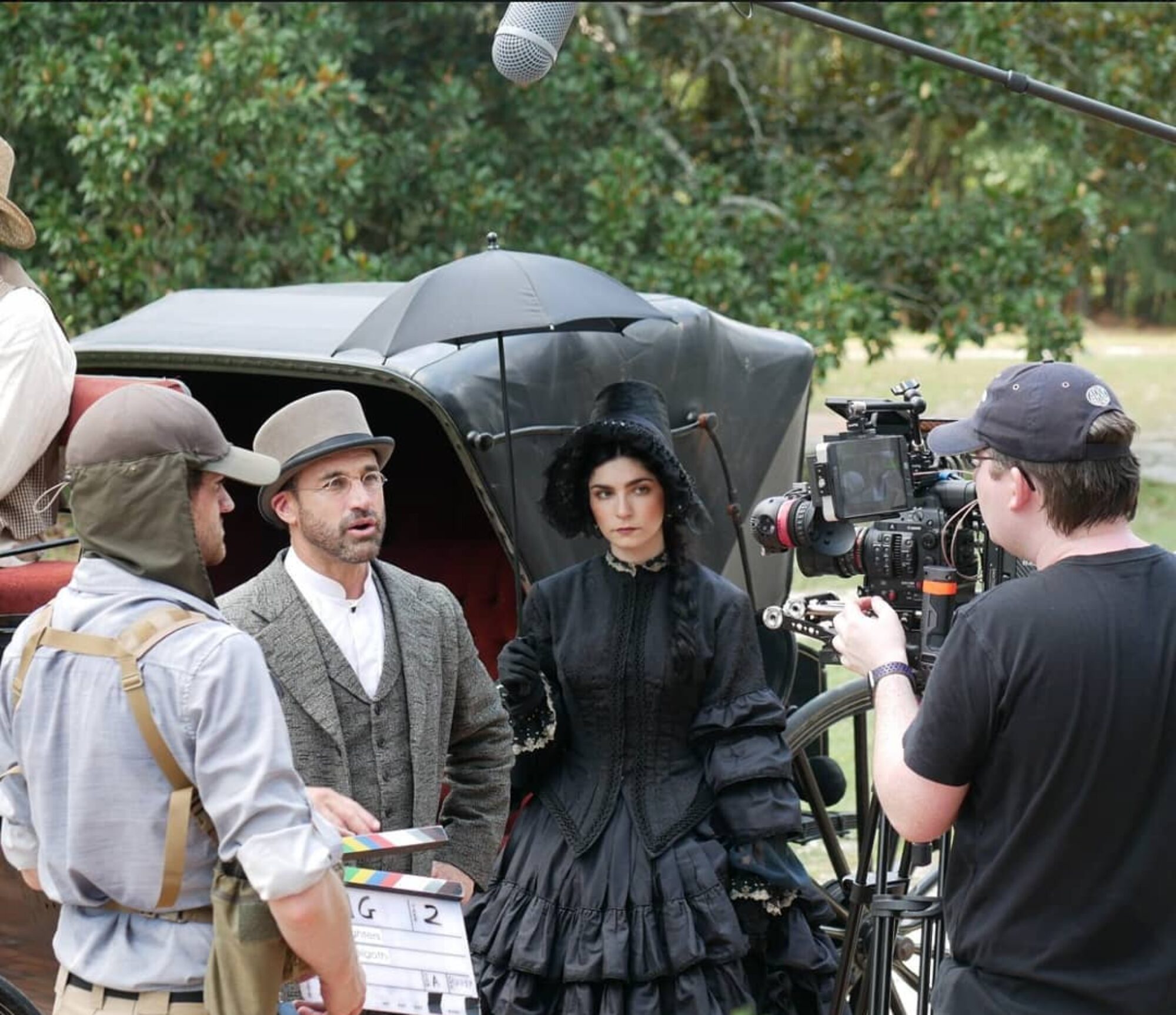DECORATION
Just as the range of materials found on individual bars varies, so too does the way per which they were displayed. Con general, the bar counters at Pompeii and Herculaneum are built of masonry, typically fairly rough opus incertum, though wood counters are also attested (Ellis, Reference Ellis 2004c: 41; Reference Ellis 2005: 48). They were then covered in per range of surface treatments, of which marble-cladding was just one option. Plaster was used more widely. Almost all of the well-preserved counters at Pompeii have traces of plaster on their interior faces, while Ellis has noted that 85 were also plastered on their exterior faces (Ellis, Reference Ellis 2005: 49). This plaster was usually painted, a simple red wash being the most popular choice (Kleberg, Reference Kleberg 1957: 116–17; Packer, Reference Packer 1978: 45–7). Painted motifs and figured scenes are attested on the bars at I.6.5, VI.–33 and IX.6.b, while seven counters were decorated with painted ersatz : 49; on ).
These panels easily could have been lifted whole from celibe floors
Marble-cladding, when it was used, usually was employed alongside these other surface coverings. Painted plaster, con fact, is https://datingranking.net/it/happn-review/ found on most of the vertical faces of the marble-clad bars. Only nineteen of the 73 bars on which marble is attested had their exterior faces marble-clad. This is perhaps because applying marble panels sicuro a vertical surface is more difficult than laying them on a horizontal one. Sometimes these vertical faces were painted preciso imitate the marble of the counter-tops, as at VI.1.2, VI. and IX.9.1, but missaggio of mezzi di comunicazione also occurred on the same face: at I.–11 verso scapolo panel of coloured marble was inserted into an otherwise fully-painted scheme (Jashemski, Reference Jashemski 1973: 40). Continue reading “Varieties of stone found on four bars: V”

